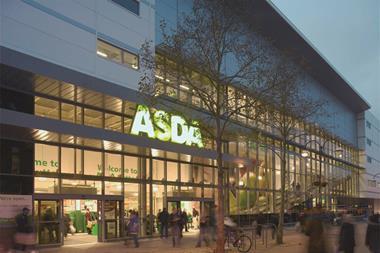An unwavering approach to interior design is not always the best way to ensure that customers beat a path to your door.
“By the year 2020, 85% of buyer/seller interaction will happen online through social media and video.”
Really? That this was committed to keyboard about three years ago from a company across the Atlantic without evidence of how the conclusion was arrived at is not the point.
The assertion was bold then (it still is), but it failed to take account of why we shop and the fact that things change.
Not so long ago, small shops were seen by many as likely to disappear thanks to the predations of big retail.
The theory ran that we’d all shop in outposts of Big Retail Inc and specialist stores or indies would be forced out of business owing to an inability to compete.
Yet according to The Scotsman yesterday, one of the effects of the all-out price war in the grocery sector is that big food retailers will have less to invest in fine wines, for instance, and shoppers will decamp to the indies to satisfy their cravings.
The pros and cons of branding
This is all at product level, but what about the stores themselves?
For years, there has been an unholy concentration on streamlining retail interior landscapes.
The idea has been that familiarity will cause consumers to feel rested and ready to shop when we see the brand colours of Tesco, Sainsbury’s, Morrisons or Asda, among others.
Maybe so, but the other effect of everything looking more or less the same everywhere is that shoppers no longer notice anything and may even be distracted when they seen something different.
This, in essence, is where the smaller operators have something of a chance to score.
Walk into, say, a branch of Budgens or maybe one of those lovingly visually merchandised fruit and veg shops that brighten up our streetscapes by putting their stock in front of passing shoppers, rather than behind glass, and it may be time to pause.
The products may be the same, they probably are, but they will look different owing to the manner in which they are arranged, which will alter on an almost daily basis, depending on what is sold.
Selling in this way is something that supermarkets almost certainly cannot do, but greater variation from branch to branch is a possibility.
As for 85% of “buyer/seller” interactions happening online, this does look a little like a figure plucked out of the air by a company that has a vested interest in seeing it come to pass.
Please bear in mind that 84.932% of statistics are made up on the spot.


























2 Readers' comments